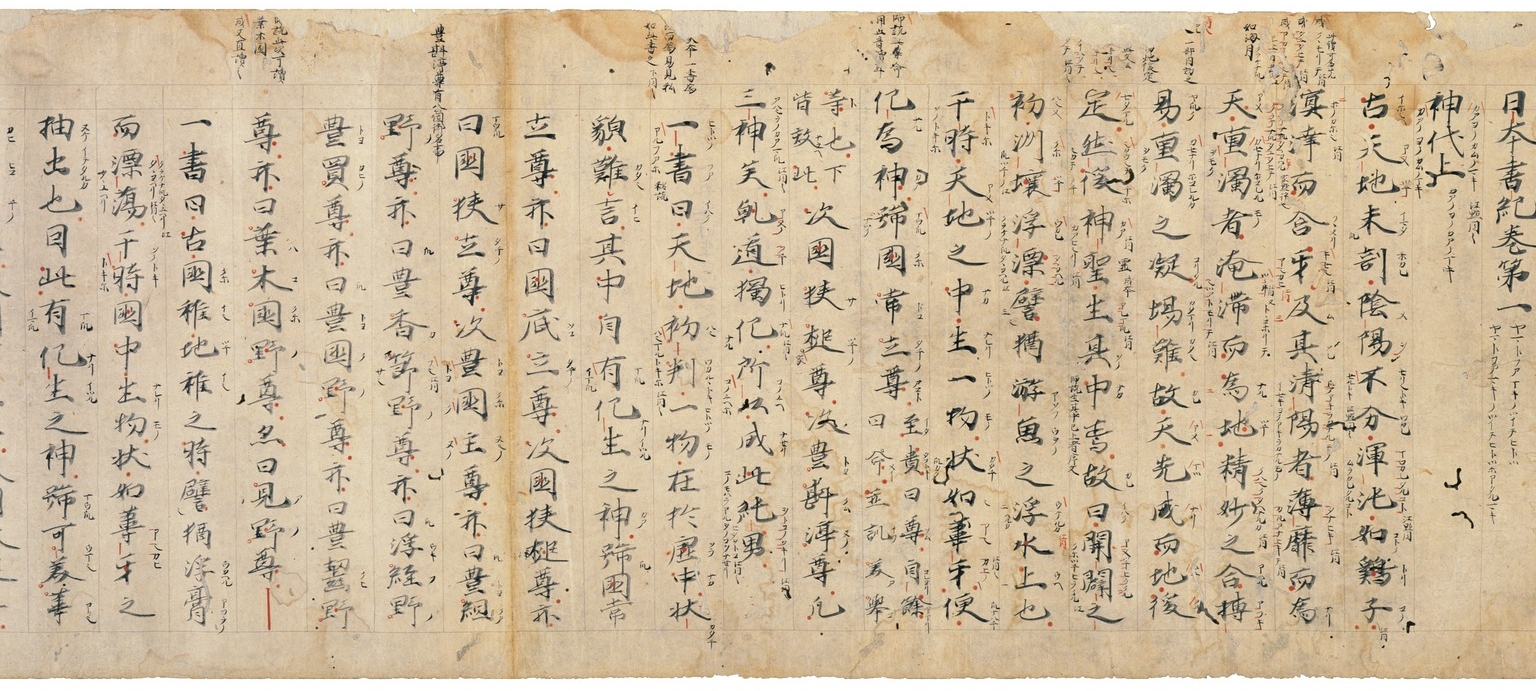During my time in Japan, earthquakes were a common occurrence. In Japanese, the most frequently used term to express the concept of earthquakes is the Kanji word “地震” (Jishin). Given the historical prevalence of earthquakes in Japan, are there any indigenous terms to describe this phenomenon?
According to the sources, there indeed are. Ancient Japanese language includes the terms “ない” and “なえ” to denote earthquakes.
“ない” (old Kana spelling “なゐ”) is an ancient Japanese term with two meanings: firstly, when paired with “ふる” or “よる,” it signifies the occurrence of an earthquake, where “ない” represents the ground or the earth, forming the phrase “ないふる” to denote an earthquake; secondly, when used alone, it denotes the trembling or shaking of the earth, which is the meaning of an earthquake. In the “日本書紀” (Nihon Shoki, The Chronicles of Japan, completed in 720 CE), the term “ない” is used to describe earthquakes. For instance, in the record of the earliest documented earthquake in Japan— the Suiko Earthquake, the Nihon Shoki documented it as:
則ち四方に令ちて地震の神を祭らむ
推古七年四月(岩崎本訓)
Suiko 7th year, April
“なえ” is a variant form of “ない.”
“地震ふる” (old Kana spelling “なゐふる”) is an ancient Japanese phrase meaning a major earthquake or the occurrence of an earthquake.[“第141回常設展示 なゐふる −地震を科学する−”. 国立国会図書館 本の万華鏡. 2021年4月16日閲覧。] [日本国語大辞典, 精選版. “地震ふるとは” (日本語). コトバンク. 2021年4月16日閲覧。] The Japan Seismological Society has adopted “ないふる” as the title for their newsletter.[“広報紙「なゐふる」|公益社団法人 日本地震学会”. www.zisin.jp. 2021年4月16日閲覧。] In this phrase, “な” represents the earth, “い” (old Kana spelling “ゐ”) denotes a region, and “ふる” signifies shaking or trembling. The emergence of this phrase can be traced back to the Nara period’s Nihon Shoki. It not only appears in ancient documents recording earthquakes but is also used to denote different degrees of earthquakes, such as “大地震” (literally “major earthquakes” and “小地震” (literally “minor earthquakes”)— though this classification differs from the modern seismological classification of “major earthquakes” by magnitude.
Drafted on August 21, 2022.
Revised on October 9, 2023.
